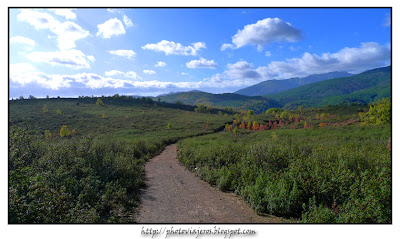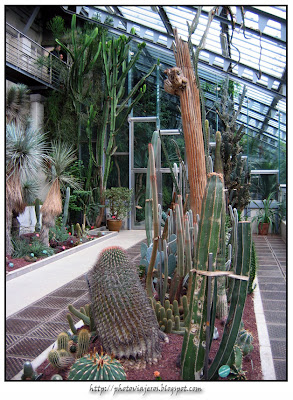Quedada Noviembre09: Many Crowd, this is the theme this month for photo bloggers Quedada
I have been participating in the last couple of months.
the end, I chose the image below for my participation, but I leave the other four candidates who had photographs to participate in the remainder of November:
Roncesvalles
Crowd small crystals shape a spectacular glazed Roncesvalles.
This window is in the chapter room of the chapel St. Augustine, and represents Sancho VII "Strong" at the Battle of Navas, in which the two armies, gathered a crowd of more than 200,000 people.
After this battle, the Muslim power in the Iberian Peninsula began its final decline and the Reconquista took a new momentum.
Special Lighting Museo del Prado
A crowd of people come to see the Prado Museum as never seen before.
Lastres
Lots of windows overlooking the Cantabrian Sea in ballast.
Llanes
A multitude of colorful cubes, designed by the Basque artist Agustin Ibarrola, protect the port of Llanes.
Nevada
multitude of snowflakes collapsed Madrid last January 9, 2009.























































